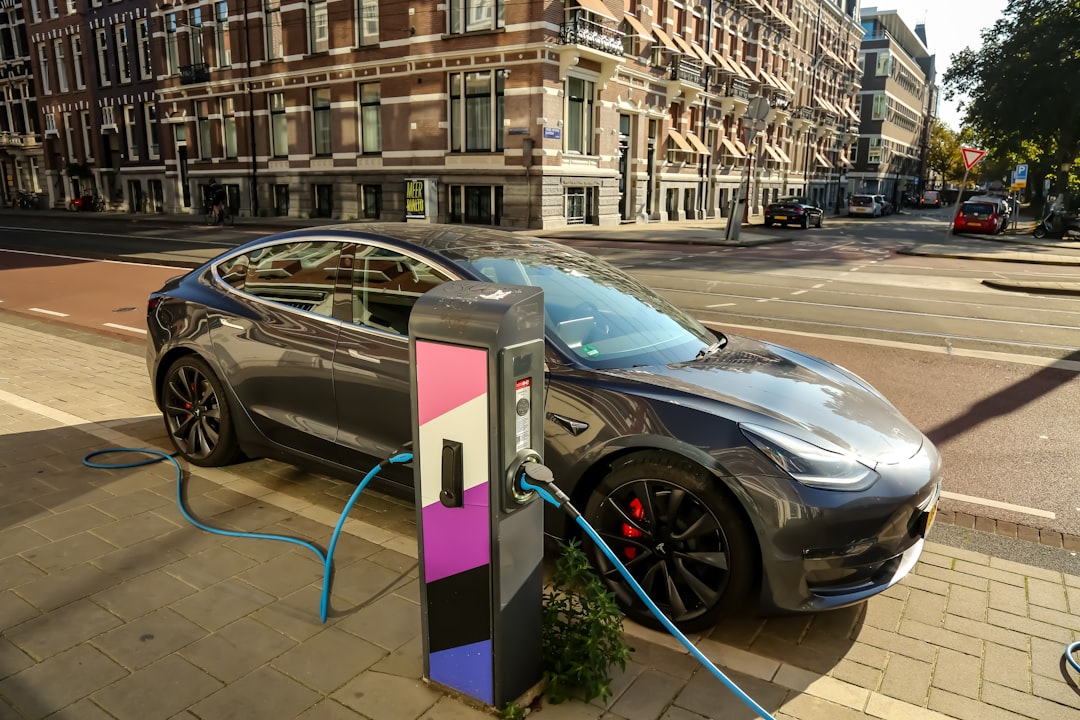What is it about?
Activation of cell signaling by reactive chemicals and pollutants is an important issue for human health. Epidermal Growth Factor Receptor (EGFR) is one of the most important targets in fighting cancer. Novel mechanism of EGFR activation has been described in breast and lung cancer cells exposed to nitro-benzoxadiazole (NBD) compounds. Unlike to cognate-ligand activation, it relies on the production of hydrogen peroxide (H2O2) by covalent and active dimers of superoxide dismutase 1 (SOD1) formed by binding to electrophilic NBD intermediates during redox cycling in the cytoplasm.
Featured Image
Why is it important?
Unlike reactive oxygen species (ROS), a role for reactive compounds in cell signalling is only now emerging. NBD compounds generate electrophilic intermediates, which covalently bind to and dimerize SOD1. The intrinsic fluorescence of small compounds was used to demonstrate their binding to SOD1. This knowledge has also particular value for investigation of amyotrophic lateral sclerosis (ALS) and other neurodegenerative diseases.
Perspectives
NBD compounds give rise to two types of reactive molecules, ROS and electrophilic NBD intermediates. Once generated, these molecules behave as independent entities and rapidly attack large numbers of target proteins involved in cellular proteostasis. This study opens a promising path to identify new biomarkers of electrophilic stress during cancer progression.
Professor Vehary Sakanyan
University of Nantes
Read the Original
This page is a summary of: Activation of EGFR by small compounds through coupling the generation of hydrogen peroxide to stable dimerization of Cu/Zn SOD1, Scientific Reports, February 2016, Nature,
DOI: 10.1038/srep21088.
You can read the full text:
Contributors
The following have contributed to this page










